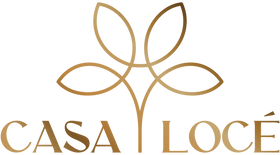Intro to Wine | Types Shops Stores & Nearby Tasting Bars
Simplified Guide to Wine Types and Searching Local Shops and Bars Offering Unique Experiences to Rookies and Experts
A Casa Loce’s Opinion on Wines
Discovering different types of wine can be a real adventure, especially when you have a little help to guide you. Whether you're a complete beginner or already have some favorites, getting to know the basics of wine can make the experience so much richer. We love trying new wines, and we have found that visiting local shops and bars with unique tasting options has made it even more enjoyable. Casa Lóce is one of those places that stands out. Here, we create such a welcoming atmosphere where anyone can explore new wines, no matter their experience level. It’s not just about buying a bottle—it’s about enjoying the journey and finding what truly resonates with your taste. Whether you’re just starting or looking to expand your palate, places like Casa Lóce make the whole process feel both fun and rewarding.
Key Takeaways
- There are reds, such as Cabernet Sauvignon, offer a bold taste. On the other hand, there are crisp whites like Chardonnay that provide a refreshing one.
- Next, let's get a grip on regional grape varieties along with terroir. Both are factors, that significantly shape wine flavor profiles.
- Ever tried unconventional wine pairing? You should! Think about pairing Zinfandel with dark chocolate. What an exciting way to enhance your tasting experience!
- Looking for places to appreciate wine? Choose local wine shops or bars that boast diverse selections. Expert staff who are eager to share their knowledge make the experience more enriching.
- Lastly, don't hesitate to join community wine-tasting events or discussions. These gatherings are excellent for getting recommendations, plus you might stumble upon standout wine locations.
Understanding the Basics of Wine Types
These masterpieces differ in type according to the region of production and the grape variety.
Wine regions refer to specific geographical areas known for growing wine grapes. Think about it like this: where your wine 'grew up'. Each region like sunny California and chilly France offers different environments in the wine-making process.
Then, there are grape varieties. These are the different types used in its production. Hundreds of varieties exist, each lending its unique taste to the wine. Some well-known ones include Pinot Noir, Cabernet Sauvignon, and Chardonnay.

Demystifying Red and White Varieties
There are two main wine types, red and white. Reds are often full-bodied, and their robust flavors pair well with hearty meals. Their color comes from grape skins involved in fermentation.
Contrastingly, white varieties are crisp and refreshing. Best for enjoying on sunny days. Their color comes not from skin, but from their absence during fermentation.
But here's the twist. Reds don't always pack more punch, nor are whites always sweeter. Grape origin and wine-making methods affect these differences. Therefore, consider asking for a sample at your local wine shop or bar.
Exploring Unique Wine Flavors
Red or white, you ask? Oh, there's so much more to wine than that!
Speaking of terroir, soil, climate, geography – all have a significant impact on wine flavor. So, go on, try the same grape from various regions, you won't believe the diversity in flavors!
Then, there are pairings. You know the old steak and Cabernet combination, right? But have you ever tried a spicy Thai dish with a crisp Rosé? Or a rich, bold Zinfandel with dark chocolate? Think creatively, test out unusual combinations, and you might find a flavor match made in heaven. Wine tasting, after all, is a personal journey. Trust your palate, have fun, and enjoy this exciting ride.
Finding Local Wine Shops and Bars
You're not hunting for just any convenience store; your heart is set on extraordinary wine locations boasting a diverse selection. Begin by identifying local wine sellers around your locality. Examine their array of options, the expertise of the team, along with the vibe they offer.
Seek out spots that live and breathe wine, where each glass is an open invitation to journey through different regions, grapes, or styles. Your ideal bar exudes comfort, allowing you to lose yourself in the pleasure of sipping, savoring, and learning.
Never hesitate to ask for advice. Get involved in community events, or scour online discussions.
Wine Tasting Experiences
Wine tasting allows you to experience flavors, scents, and hues that engage your senses on various levels.
First off, hold up your glass and check out the wine's color. Is it clear or cloudy? Light or dark? Next, swirl it around gently to let out its scents. Take a big whiff. What do you smell? Fruits? Flowers? Oak? You're on the right track!
Now for the fun part. Take a small sip and move it around in your mouth. Different parts of your mouth pick up on different flavors - sweet, sour, bitter, and even umami.
Last but not least, think about the aftertaste. Does it stick around or disappear quickly? Do you like it or not so much? Remember, there's no wrong answer. Wine tasting is all about personal preference.
Frequently Asked Questions
How do you define wine?Wine is an alcoholic beverage that is usually from fermented grape juice. The fermentation process is what separates wine from grape juice; yeast consumes the sugar in the grapes and converts it to ethanol, carbon dioxide, and heat.
Which wine is best to drink?The best wine to drink is subjective and depends on individual taste. However, some people might suggest a full-bodied red like a Cabernet Sauvignon or a light white like a Chardonnay. It's also important to consider the meal or circumstances in which to pair the wine.
What are the 4 main types of wine?The four main types of wine are red, white, rosé, and sparkling. Red wines are made from the pulp and skin of red or black grapes, while white wines are usually from green grapes or red grapes with skins removed. Rosé wines are partially fermented with grape skins, giving them their pink color, and sparkling wines undergo a secondary fermentation process that makes them bubbly.
What is considered wine?Wine is from the fermentation of unmodified grape juice. Yeast consumes the sugar in the grape and then converts it into alcohol. Some wines are also from other fruits. Wine is from grapes unless specified.
What are the 5 elements of wine?The five elements of wine are sugar, acid, tannin, alcohol, and fruit. Sugar and fruit give the wine its sweetness, acid adds tartness and balance, tannin adds bitterness and complexity, and alcohol is the result of fermentation.
What is the deeper meaning of wine?The deeper meaning of wine can vary, but it often symbolizes life, celebration, and the passing of time. In many cultures, wine is part of rituals and ceremonies and is often a symbol of abundance and happiness.
What wine is healthiest?Red wine, particularly Pinot Noir and Cabernet Sauvignon, are among the healthiest due to its antioxidants like resveratrol which may promote heart health.
What is the smoothest wine?Merlot is one of the smoothest wines because of its soft, velvety texture and cherry and plum flavors. It's easy to drink and often recommended for beginners.
Is it OK to drink wine every night?Drinking wine every night is not necessarily bad for you if it's in moderate amounts. However, excessive drinking leads to a variety of health problems, including liver disease and an increased risk of heart disease.
What are the five things to look for in wine?The five things to look for in wine are its appearance, smell, taste, aftertaste, and overall experience. These elements help judge the quality and character of the wine.
What are the benefits of wine?The benefits of wine include potential heart health benefits, antioxidant properties, and possible benefits to mental health. However, still consider the potential risks of excessive alcohol consumption when you look into its advantages.
What wine is good for anxiety?Some research suggests that red wine helps with anxiety due to its resveratrol content, an antioxidant that may have calming effects. However, excessive consumption worsens anxiety symptoms, so moderation is key.
Join us for a look into our elegant approach to winemaking and gracious hospitality. We welcome our members and their guests by appointment only. Become a member or book an event by visiting CasaLoce.com
Upper Ojai California
10065 N Ojai Rd, Ojai, CA 93023
https://maps.app.goo.gl/E7YQCnXAFHq1bKz46




